I’m a tech and metal detecting fan as well as you are. Recently, I’ve decided to replace my old MD with a new one and I faced a hard choice – which model should I buy? I’ve read a lot, watched video reviews, asked my friends for advice (they actually created this site). Due to their help I’ve finally selected Nokta Impact and writing this review is just a small thing a can do to thank them.
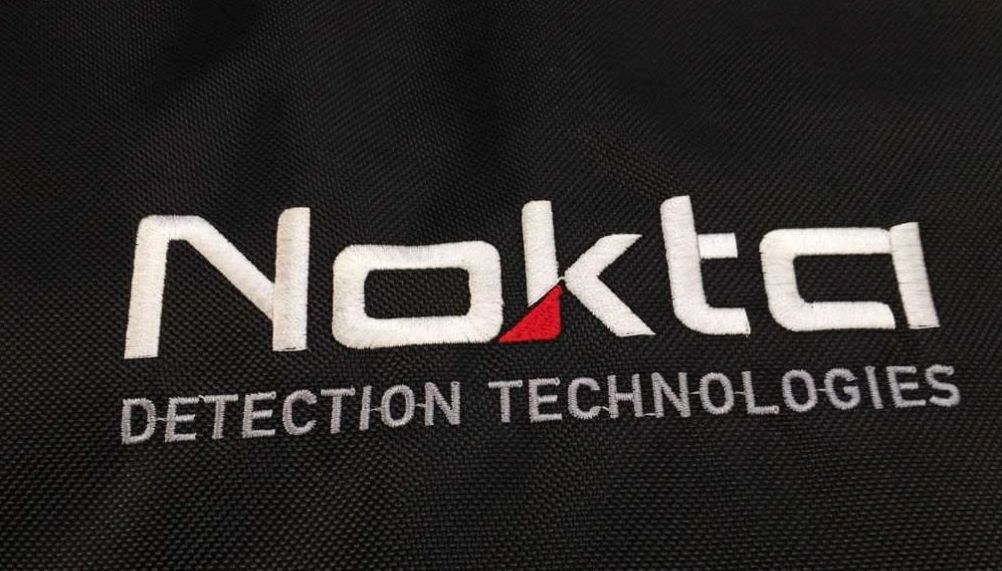
Contents
So, here we go
If you don’t know (well, sure you don’t) I used to have Bounty Hunter Land Ranger Pro – a very reliable and efficient metal detector. You can find out more about my experience with this MD if you follow this link.
However, like it or not – yet this is a metal detector for beginners. Still, I was wishing for a powerful, professional MD, because my new hobby has become my true passion.
I’ve already talked to other treasure hunters, been through lots of specialized forums and I was pretty well aware of the situation on the modern MD market.
Manufacturers offer quite a lot of top MD models, but for me it was still about choosing between: Minelab E-trac, XP Deus and White’s MX Sport.
I wasn’t considering Minelab CTX 3030 because of its extremely high price. White’s MX Sport is an excellent metal detector model, though it is underestimated by users. It didn’t meet my requirements for 2 reasons – I live in Europe and underwater treasure hunting isn’t the case here, since we almost don’t have beaches. And another thing is that it has just one operation frequency and I wanted to try out a multi-frequency MD.
Minelab E-trac is a good device, but the very first time I went treasure hunting with it (my friends gave me this MD to try out) and I understood that it’s not for me. It has too complicated settings and it is a bit heavy for me.
XP Deus was my main favorite. I have no idea why, but this device isn’t very popular in the USA. Although in Europe this is the one of the most often bought MD models. It has combined lots of advantages of other devices – light weight, 4 operation frequencies, multi purposiveness and it has almost no demerits.
I would have gladly bought XP Deus, but…. I love new arrivals. This sounds unreasoned, but if I have to choose between a new, unknown MD model and some old, well-tried one…I will choose the new thing.
Unfortunately, just several month ago there wasn’t many new arrivals on MD market. But right after I got my Impact the manufacturers started introducing new MD models. It was Minelab with its Equinox and XP Deus with its Deus 2.
Even White’s announced a new model yesterday (though, actually it its popular model White’s MX Sport, that was rebranded).
Here are some key features and aspects of the Nokta Impact metal detector:
- Multi-Frequency Operation:
- The Nokta Impact offers users the flexibility to choose from three different frequencies. This allows for better adaptability to different soil conditions and target types.
- Search Modes:
- The detector comes with multiple search modes, such as All Metal, Discrimination, and Notch Discrimination. These modes provide users with options for different types of metal detecting activities.
- Target ID and Vibration:
- The Nokta Impact is equipped with a Target ID feature, which helps users identify the probable type of metal based on the signals received. Additionally, it may include a vibration feature to alert users to the presence of a target.
- Adjustable Settings:
- Users can often adjust various settings, including sensitivity, discrimination levels, and ground balance, to optimize performance based on specific detecting conditions.
- LCD Display:
- The metal detector features an LCD display that provides essential information such as target depth, battery level, and discrimination settings.
- Built-in LED Flashlight:
- Some versions may include a built-in LED flashlight for better visibility during low-light conditions.
- Operating frequency: 5Khz – 14Khz – 20Khz
- Weight: 4 lbs (1.8 Kgs) including search coil and batteries
- Ground balance with 3 options: automatic, Manual, tracking
Last update on 2024-07-06 / Affiliate links / Images from Amazon Product Advertising API / Source: Amazon Affiliates
| Operating Principle | VLF |
| Operating Frequency | 5kHz – 14kHz – 20kHz |
| Audio Frequencies | 150Hz – 700Hz adjustable |
| Search Modes | 12 (2 Non-motion, 2 All Metal, 8 Discrimination) |
| Iron Volume | Yes |
| Tone Break | Yes |
| Notch Filter | Yes |
| Ground Balance | Automatic / Manual / Tracking |
| Pinpoint | Yes |
| Frequency Shift | Yes |
| Vibration | Yes |
| Gain Setting | 01 – 99 |
| Target ID | 00 – 99 |
| Search Coil | Waterproof DD Search Coil 28×18 cm / 11″ x 7″ (IM28) |
| Display | Custom LCD |
| Backlight | Yes |
| LED Flashlight | Yes |
| Weight | 1.8 kg (4 lbs.) including search coil and batteries |
| Length | 107 cm – 143 cm (42″ – 56″) adjustable |
| Battery | 4 x AA Alkaline |
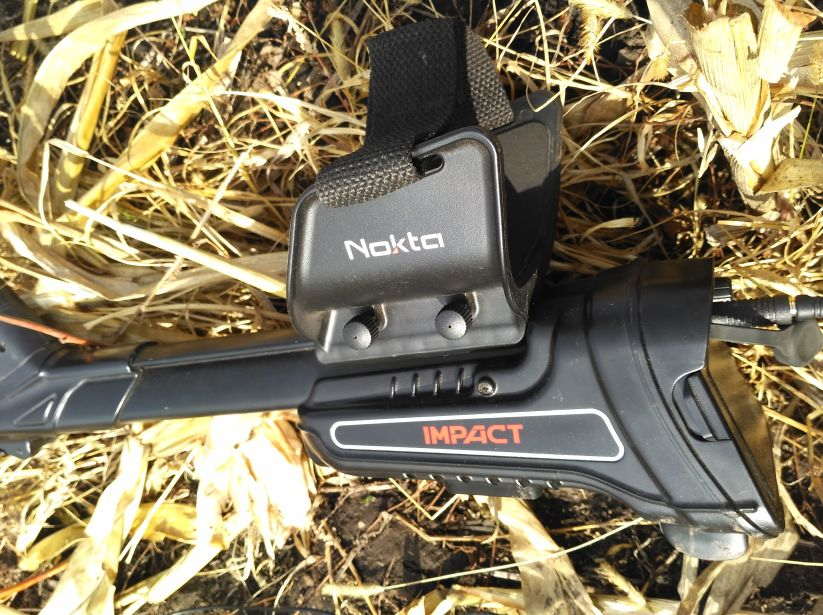
However, let’s get back to the last summer month of 2017. There is nothing new on the market. Top MD models are good, but rather out-of-date. At this very moment I heard about Nokta Impact from some of my friends. What did I know about Nokta company before this moment?
Only that this is a Turkish company and it has produced some quite good metal detectors called Racer. Of course, I googled it and surprisingly I found almost nothing.
Moreover, even now there is very little information about the company in the Internet. So, maybe this Nokta Impact review will be one of the first open-minded posts about the device.
Surely, I’ve read and watched everything I could find over the Internet.
Moreover, I found several guys who have already bought this metal detector and spoke to them. I met the salesman and tested the device in action outdoors.
After that I made up my mind that I’m buying Nokta Impact.
Why? Well, I liked it (which sounds pretty logical since I got it…) So, here are its merits:
- A new arrival (well, you remember)
- Its price (in my country its price makes $ difference if compared to Deus)
- It looks good
- It has three operation frequencies
- Easy adjustments
- Excellent set as for the device Pro-version
- Perfectly balanced
What is the first problem you’ll face if you decide to buy Nokta Impact? You’ll have to make your choice at the stage of selecting the device package. Nokta Impact comes in two options: Pro Package and Standard Package.
The difference in price between these two packages is insignificant, however the set itself differs greatly.
Pro Package has:
- A bag (rucksack) to carry the device
- Additional shaft
- Additional coil
- Universal stand assembly
- Recharging unit and a battery (Standard package has just AA batteries)
- Headphones
- Cases for control and battery unit
So, I decided that one additional coil in this case costs more than the whole difference between the packages and I took the Pro.
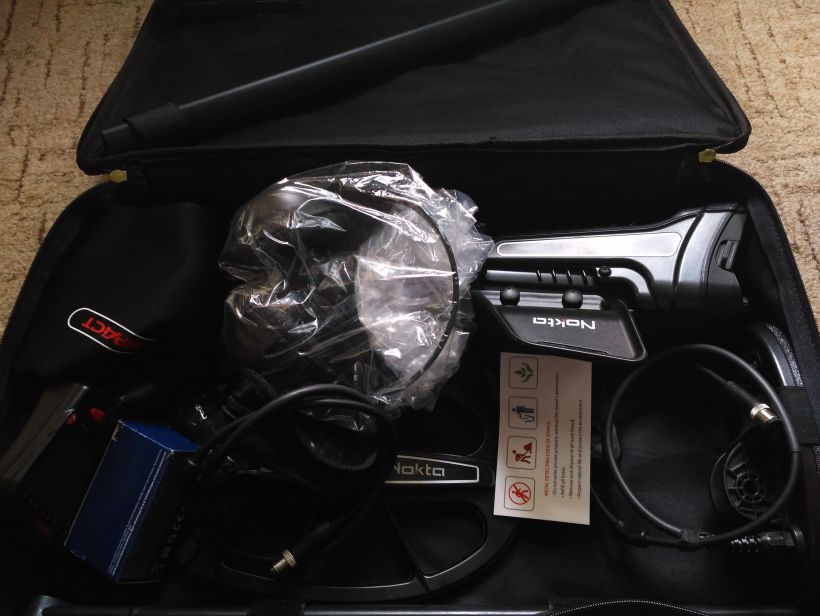
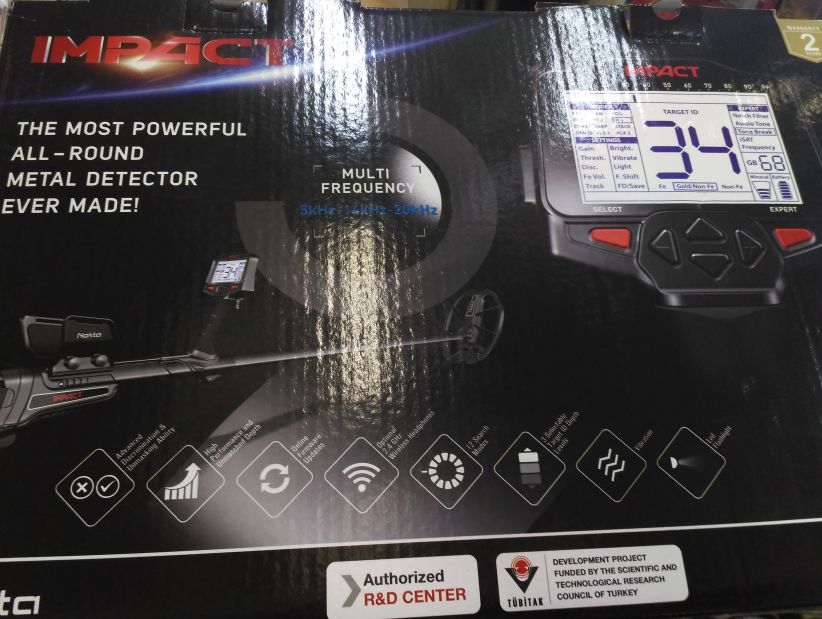
Here is how it looked right after I got it.
Here I have a dilemma either to tell you step by step how to assemble, turn on the device and other details, or to summarize my experience and impressions I got after using it.
So, I’ll choose the second option, because for all the rest you can always use the MD manual, that contains all the info you need in details.
Here comes the most interesting part – my experience after using Impact in the field, some photos and conclusions.
Let me mention that all the pictures are real. I even didn’t wash the metal detector before taking photos. You can notice that the device is covered with some seeds, dirt and it is scratched a bit.
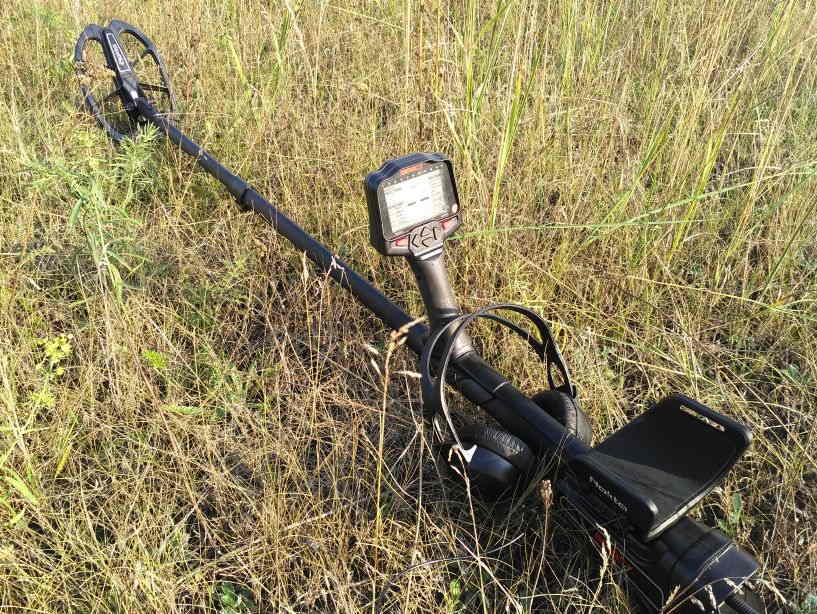
I did it on purpose to show that this MD has been used for quite a while and it wasn’t just taken out from the box.
Universal stand assembly
First, I didn’t use it. Who needs this after all? I’ve never used it, and everything was fine. However, when I put it on I did understand how comfortable the universal stand assembly is. In my opinion each MD should have it, since it’s almost weightless, but very comfortable.
Though my universal stand assembly had one disadvantage – it’d gone lost. It’s completely my fault – I didn’t fasten it properly and now it’s gone, and I miss it much…
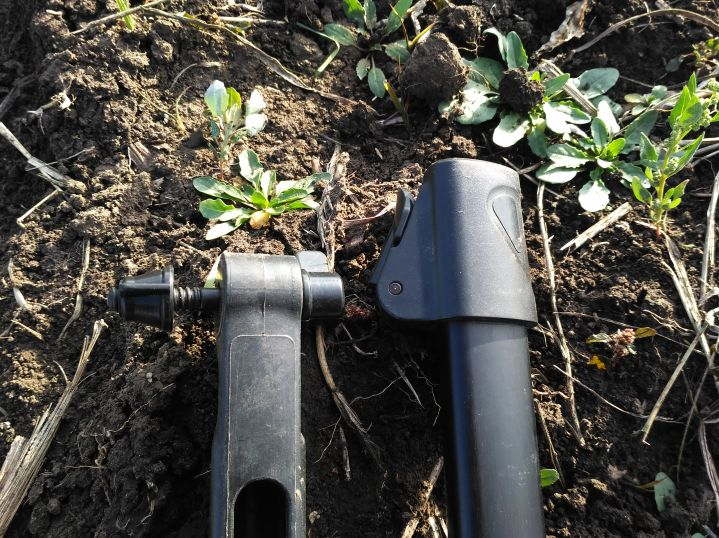
One sealing rubber was lost together with the universal stand assembly. The good news is that Nokta has a set of these sealing rubbers in the package.
However, if you lose one sealing rubber a week, the set will come to an end soon. Here’s how I solved the problem:
Now nothing gets lost while you assemble or disassemble the MD.
Assembling and design
I think I’ll start from assembling the MD. This process takes a bit longer than the one for Deus – I’ve learned it from my own experience. Since it’s more convenient for me to get to the place by bike, then by car – this is exactly my case.
Therefore, quite often I carry my Impact completely disassembled in a rucksack. However, if you travel by car there is no need to disassemble the device or you may take off just some parts.
In this situation the assembling process takes just a minute, otherwise it will take about 4-5 minutes to get all the device parts together.
This time includes setting the device ground balance and selecting a search program according to your experience.
The metal detector itself consists of two hollow shafts and a control unit. It doesn’t take long to assemble it and all the components tightly fit together. This rigid and heavy construction has become an advantage in my case.
Since starting from the second half of summer and in autumn I have to go treasure hunting through tallgrass and such a construction helps to stamp the grass flat and get to some hard-to-reach places, where other MDs will fail.
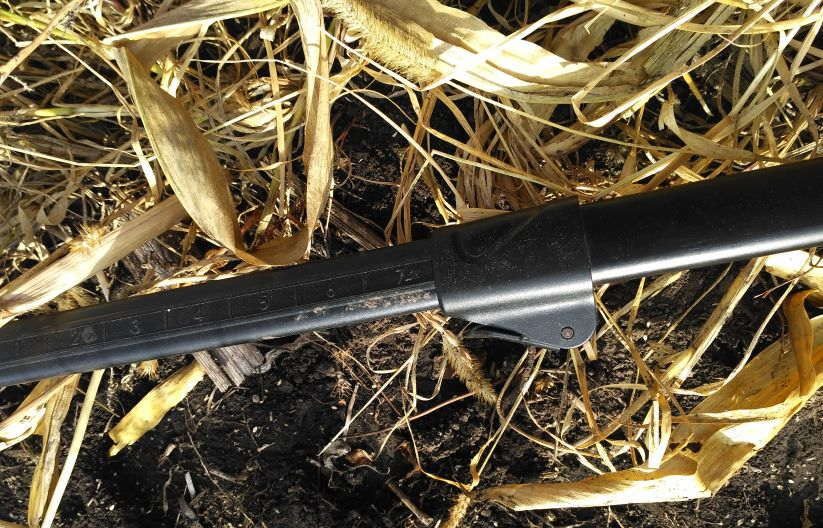
The bottom shaft has digits on it to set the same length every time you assemble the MD. At first, I ignored this helpful idea and I had to adjust the shaft length during the hunting process.
Then I remembered the value I needed and set the required shaft length right when assembling the device. This is a small thing, but comfortable treasure hunting is all about such small things.
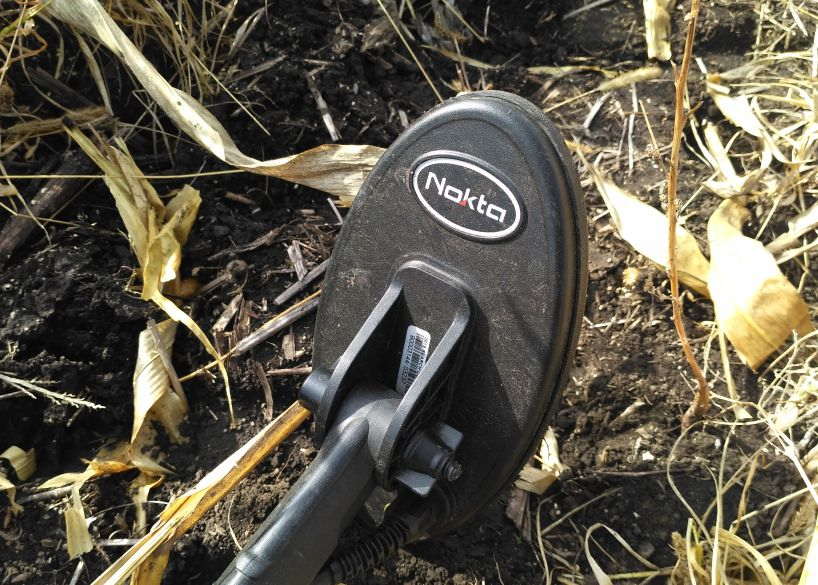
All the wires are hidden inside the MD shaft and none of them contacts the tallgrass or bushes. However, I should say that when using some search programs at high sensitivity levels when the device touches the grass or ground it gives false signals.
This does happen. It is a small demerit though, since the MD itself …yet, we’ll talk about this later.
In general, I’m quite satisfied with the device assembling. The drawback is that when some sand got inside the upper shaft some scratches were left on it.
But it’s ok I think, because this is an operating tool and it can’t stay completely unharmed after all.
Headphones and sound
Let me start with the sound adjustment. You can tune the sound by using the button on the back of the control unit. The same button is used to turn the MD on and off. When I went metal detecting in summer I was wondering why the scale has 7 units.
Because I’m quite ok with the second scale unit – I can hear everything loud and clear. So, this is how I spent my summer – using only 2nd scale division.
But then autumn came. I put on my hat and headphones on top of it, set my usual volume value and…
I heard nothing.
You can see in the picture the MD volume level at that very day. There are several scale divisions left to make the sound louder. I’ve never tried to pump up the volume to its maximum, I don’t think that my ears will stand it. All in all – the MD sound is excellent.
Indication sounds – here is a drawback as for me.
The device is really noisy. If you put the sensitivity level to be equal about 85-90, then even if you go metal detecting around clean sites, the MD keeps cheeping, “coughing” and making some other unusual sounds. In case you are working on some sites full of iron litter…I had a terrible headache in a couple of hours of such treasure hunting.
Eventually, I’ve selected the mode settings that were perfect for me, I’ve got used to them and started feeling comfortable with the device. However, yet I’d be very glad if the MD hadn’t been that noisy.
By the way signals from targets differ greatly from all false signals you may hear. However, if the target signal is very weak it’s easy to miss it while listening to all the noise the device produces.
So, as for me this is the device demerit, because I go metal detecting around former and present settlements, which are full of different rubbish.
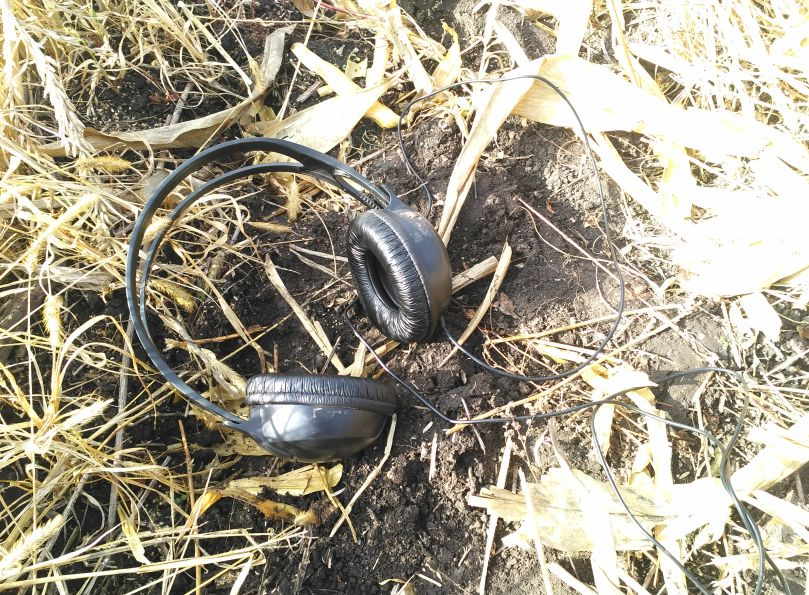
The headphones are perfect. They are corded, and this is the only demerit they have. The wire doesn’t get stuck in the grass, but it easily does in bushes and trees. Besides, quite a lot of times I stepped on it, when I put the MD down to dig the target.
However, I didn’t tear the wire off which surprised me very much. Due to all mentioned above, I’ll substitute these headphones with wireless ones in time.
Apart from that the headphones are great. I have a big had and even when I was wearing a hat the headphones still fitted, and I felt comfortable.
After a whole day of treasure hunting yet no discomfort was detected. They produce high-quality, clear sound and perform perfect outside noise screening.
The device weight and balance
Impact is a heavy metal detector. Therefore, this was the only thing that stopped me from buying it right away.
I had already faced the situation, when after several hours of metal detecting your arm gets so tired, that you can’t even raise it.
In general, for all the time I’ve been using this device I haven’t had any trouble at all.
I have no idea how Turkish manufacturers achieved such a perfect balance, but my arm never hurts.
Surely, you may experience some discomfort if you are using the MD for a long time. In this case I take a belt and adjust it to fix my arm tightly and everything is fine now.
Frankly speaking, I was surprised myself. Because I used to get tired fast using even lighter MDs and I spent 8 hours walking with this one and felt no fatigue.
Though there is a drawback – an armrest is too wide. The bare arm just hangs loosely if you aren’t using the belt to fix it.
However, on the other hand you’ll feel quite comfortable in autumn, when it is cold, and you are wearing a jacket or a sweater. I think the manufacturer has foreseen it.
The screen
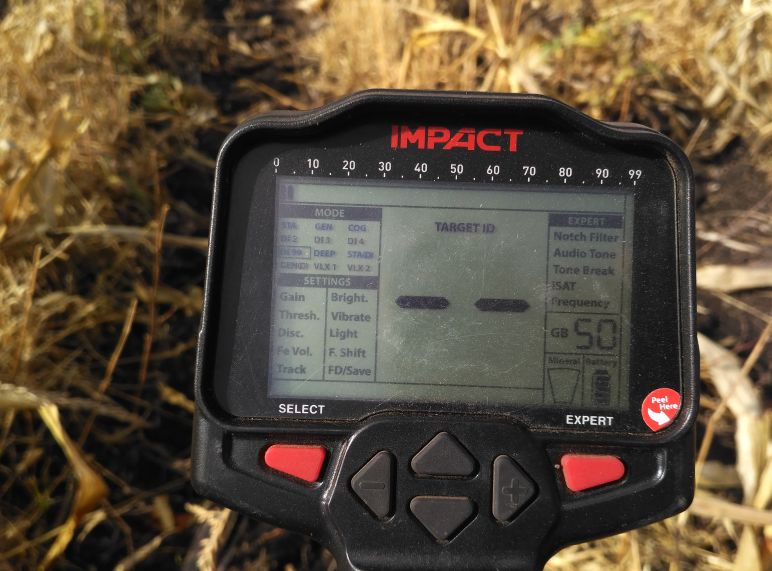
It is quite ok. You can easily see the digits on it and switching between the search modes is a user-friendly one.
I’ve used a highlighting once, when I was digging the target in twilight. It appeared to be very convenient, moreover there are 5 highlighting modes you can try.
The ground balance
It is rather simply adjusted. You push the trigger, waggle, get the signal and that’s it. I do it several times just to be sure that the values are correct.
Besides, they are almost the same where I usually go metal detecting, so I can already set them manually as the MD allows doing so, too.
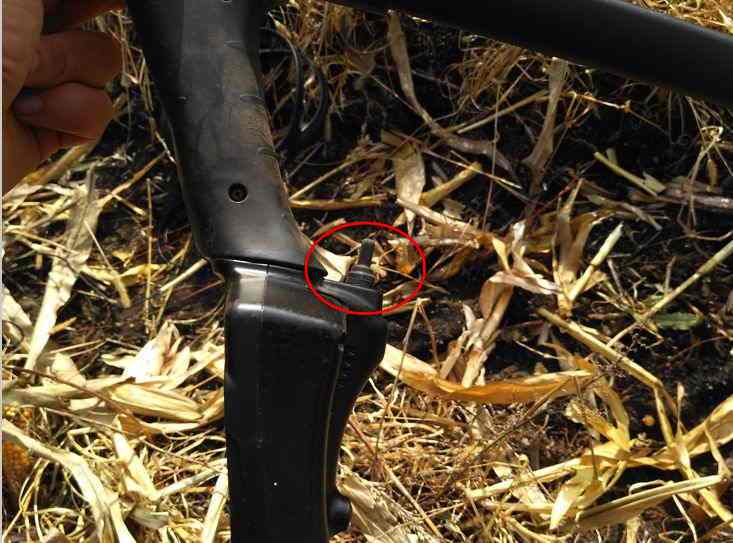
The device also has a function of ground balance control. It wasn’t useful for me, since in my search conditions the ground balance doesn’t change much for several kilometers along.
The only drawback in my opinion is this rubber cap on the trigger, which always struggles to fall down. I’m keeping an eye on this, but I have the feeling that someday this cap is going to suffer the same fate as my lost universal stand assembly.
Maybe I should glue it or something like this, I don’t know. Though, it’s quite a strange manufacturer’s omission as for me.
Modes
Everything is rather simple here. Each Impact search mode is a separate program. Which means that you just select the mode, adjust ground balance, operation frequency …and that’s all.
It is very convenient IMHO. You don’t have to think whether I should add something here or maybe turn something there.
You don’t like something? Just change the search mode and try again.
At first, I used only one search mode to get acquainted with the MD. Eventually I came to the idea of setting 2 or 3 different modes with various sensitivity level at once and then test them.
I won’t get into describing all the device modes here. Moreover, I haven’t even tried many of them. What for? Right now, I’m very satisfied with the following four modes:
2-Tone Discrimination (DI2) – I use it on very old sites with very small amount of iron rubbish. There are very few of these, but they exist. The device was rather efficient at deep search.
3-Tone Discrimination (DI3) – here is the mode I used for 80% of my metal detecting trips at the very beginning. It’s plain and simple here – this mode is the less noisy one and response from coins (which I’m interested in) is very clear and loud. It turned out to be a drawback, that nickel-copper coins produce very low signal here, like the one from an aluminum wire. So, I ignored such signals and it appeared to be a mistake.
99-Tone Discrimination (DI99) – probably, this is the most multipurpose mode. It’s good at detecting small targets and it’s not very noisy. Its disadvantages are: you can’t adjust the tone break and high frequency signals sound worse, than those in DI3. This is the mode I’m currently using and trying to accustom to.
Deep Mode (DEEP) – this is the most promising, but yet very difficult to master search mode. I didn’t have much chance to use it, since, as I’ve said, the sites where I go metal detecting are rather littered. However, it is true that this mode allows searching deeper than others.
I’ve checked it when I found this piece:
This is a Scythian arrowhead dated to 1st-2nd century AD. In other search modes I got low and undetectable signal like from ferrous metal. Only in this mode I got clear and steady signal.
To compare these modes, you may take a look at this arrowhead (dated to 7th century BC). It was found when using DI99 – the target signal was clear and precise. However, keep in mind that this arrowhead is several times larger.
Pinpoint mode
It is a good one. After walking with Bounty Hunter Land Ranger Pro – it is a perfect mode. You push the trigger, find the center and dig the target. I recommend buying a pinpointer at a go.
You’ll get tired looking for small targets with a large coil. It’s much more convenient to use a small one for this purpose, however it is a lot faster with a pinpointer.
Charging the MD
This section is for those who have just bought the device and can’t define when the batteries are completely charged. If the LED has stopped blinking, it means that the batteries are charged.
They should have written about this in the manual, but they didn’t.
Another thing that I didn’t like that it’s not convenient to charge the batteries if you have a vertical socket on the wall. I was always afraid that one battery is going to fall out. Now I’m doing it using a socket on the floor.
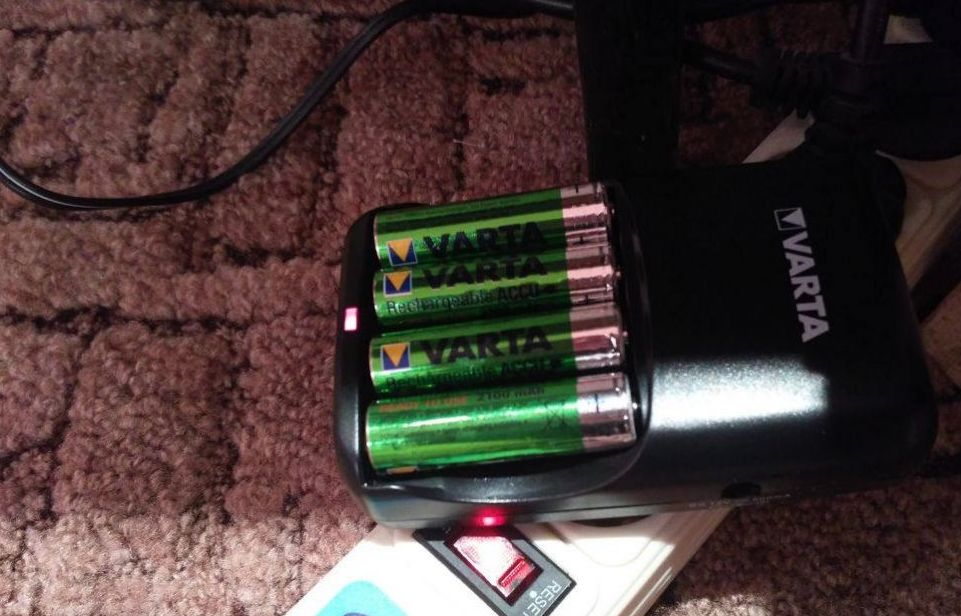
Coils

No problem at all. They are protected and solid ones. A small coil is perfect for very littered sites. Pay attention that when using various coils, the same targets may sound different.
Operation frequencies
You know, having a choice is good and bad at the same time. On the one hand you have various conditions and frequencies, on the other hand 90% of your time you are using just one frequency and keep thinking that you still aren’t using all the device abilities.
I use 14 GHz frequency more often.
I’ve almost never used 5 GHz.
It’s considered to be the one to detect large targets. I don’t know about this, but I found 2 copper coins (20 gram each) that were about the depth of a shovel’s blade deep. The signal was clear and precise.
20 GHz – I’m experimenting with this frequency now. The arrow blades in the pictures above were found using exactly this frequency.
They say that it’s not for a deep search, but I’m not sure that there is such a big difference between 14 GHz and 20 GHz.
They say it is better for detecting small targets. I’ve checked this. Sadly, the only thing that it detected better was foil pieces and corks.
Target identification – VDI
Well, there is nothing to shout about here. As a rule, the values change, and sometimes the dispersion is very high. Therefore, I consider Impact as a device with unreliable VDI.
So, you should focus on sounds, not digits in this case. I dig all the signals that sound interesting to me and I’ve found pretty much already.
As the proverb says – a shovel is the best discriminator.
Search depth
In my opinion all professional metal detectors get their targets at approximately the same depth. Nokta Impact doesn’t differ much in this respect.
So how deep does it see? It depends on a target. The MD can get a large iron target with no effort, but I don’t dig it.
Coins, crosses, jewelry and other similar targets are detected quite deep. At least the search depth isn’t worse than the one that Deus can show.
It was proven that using the 5th frequency the MD performs even better than Deus.
Software updates
It is a bit complicated for someone who isn’t familiar with such procedures. I didn’t have any problem with this, but I’m an IT person a bit.
If I were Impact manufacturer, I’d write some simpler software to make it work by one button klick. However, it’s still good to have the ability to update the device software.
Summary
Well, I wanted it to be short, but now I see that the review has become directly the opposite. I just feel like telling you all about this metal detector, since I know how little information you may find in the Internet.
This is a reliable metal detector with user-friendly control and adjustment. It has three operational frequencies, it is reasonably priced, and it comes in a good package – these are the device advantages. As for me, it has only one disadvantage – too many false and odd signals, it could be a bit quieter. Although, I’ve got accustomed to this small drawback.
Whether I’m happy with my Nokta Impact?
Sure, I am.
Is it better than its rivals?
Sometimes – yes, and sometimes – no.
Will I change it for some other metal detector?
Decidedly, I will in time. However, it definitely won’t happen in 2017-2018, despite lots of new arrivals continue appearing on MD market.
Shall I advise it to my friends?
Definitely, yes. Besides, I keep an eye on the market and I’ve noticed that Impact is slowly gaining popularity. The number of treasure hunters that are using it grows continuously.
However, very seldom you may find any used Nokta Impact for sale.
What does it mean?
Well, I guess this is it for now. I’m sure this review will expand in time as well as my experience with this metal detector.
So, I’m saying goodbye and wishing you lots of interesting findings!

